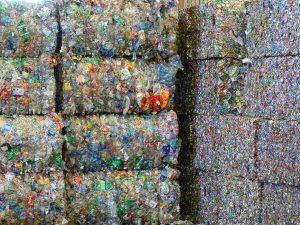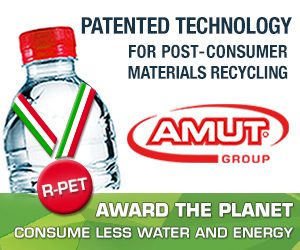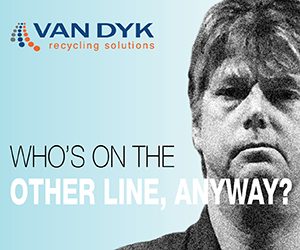 European PET reclaimers have seen their average bale yield decrease from 73 percent to 68 percent in the past six years, an industry association has announced.
European PET reclaimers have seen their average bale yield decrease from 73 percent to 68 percent in the past six years, an industry association has announced.
In a press release this week, Plastics Recyclers Europe (PRE) said that decrease “has led to substantial and additional cost for the European PET recyclers” and has led some reclaimers to dispose of more PET during processing to achieve their desired material quality.
Several factors combined to drive this trend, according to the industry association. Package lightweighting means thinner bottles, which means more bottles are included in each bale to achieve the same weight. This leads to a higher moisture content in each bale, because there are more bottles containing moisture residue.
Changes in the composition of the PET stream have also impacted recovery. Non-bottle products are becoming a larger portion of the stream, leading to an increasingly complex waste stream. But current collection systems have not fully adapted to the evolving PET stream, creating inefficiencies. For example, clear bottles and trays are ending up in colored PET bales, making up as much as 20 percent of those bales.
Casper van den Dungen, PRE vice president and chairman of the association’s PET Working Group, urged stakeholders to work on improving recyclability through product design. He also pushed for changes to recovery systems as a response to the changing PET recycling stream.
“Most importantly, the EPR (extended producer responsibility) schemes must urgently upgrade their sorting requirements to safeguard the proven quality of recycled PET from bottle streams and strongly support the developing of new dedicated streams for opaque PET bottles and PET trays,” he said.
More stories about PET
- Eastman, Indorama pin hopes on pent-up demand
- APR applies pressure on PET imports, tariffs
- Glacier AI at Penn Waste aims to improve PET, fiber output



